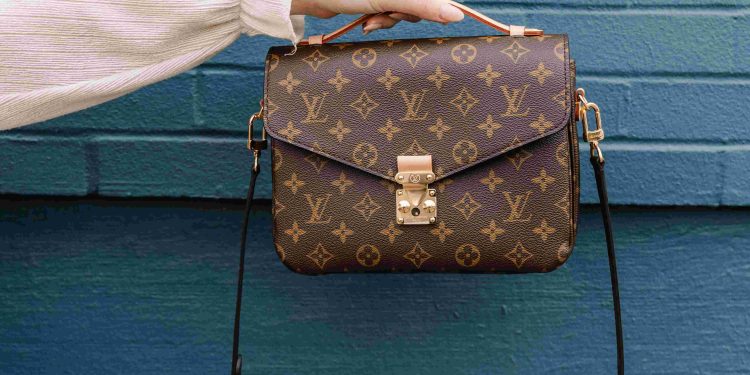Detailed Fashion Product Reviews
“Fashion is the armor to survive the reality of everyday life,” said the renowned designer Bill Cunningham. Yet in today’s hyper-connected, trend-driven world, the armor often feels fragile—more style than substance. For years, I’ve chased the perfect intersection of beauty and practicality in fashion, only to find myself grappling with buyer’s remorse or disappointment over misleading product claims. But here lies the challenge: How do we, as consumers, break free from the artificial glow of marketing and make informed decisions that truly align with our needs?
Let me start with a story. A few months ago, I invested in a highly advertised pair of designer sneakers. They promised unparalleled comfort, cutting-edge style, and sustainable materials—a trifecta dream for any fashion enthusiast. However, reality hit hard. Blisters replaced comfort, flashy aesthetics faded into impracticality, and the sustainability claim turned out to be more symbolic than substantive. It was a harsh reminder that even in the world of luxury, all that glitters is not gold.
The Rise of Conscious Consumerism
This personal experience prompted me to question a broader societal shift. As data from McKinsey’s latest report suggests, the modern fashion consumer is increasingly looking for more than just aesthetics—they demand ethical sourcing, durability, and transparency. Yet, how often do we pause to critically evaluate whether brands are truly delivering on these claims?
The psychological underpinnings here are fascinating. Behavioral economics tells us that the ‘halo effect’—where one positive trait (e.g., sustainability) leads us to assume others (e.g., comfort and quality)—is often at play. But this cognitive shortcut can leave consumers vulnerable to exploitation. In fact, research from the Harvard Business Review identifies this very bias as one of the key reasons behind the rise of ‘greenwashing’ in the apparel industry.
Challenging Traditional Assumptions
For decades, we’ve been conditioned to believe that higher price equates to higher quality. While this has been true in some cases, the advent of direct-to-consumer brands and advancements in production technology are upending this paradigm. Companies like Everlane and Allbirds, for instance, are delivering premium-quality products without the exorbitant price tags traditionally associated with luxury. What does this indicate about the evolution of the fashion market?
The answer lies in a deeper understanding of value. No longer is value confined to tangible aspects like fabric or stitching; it now encompasses intangibles like sustainability, brand mission, and consumer experience. Philosophically speaking, this aligns with Immanuel Kant’s notion of ‘ends vs. means’—an ethical framework where products are not just utilitarian objects but symbols of larger values and aspirations.
Navigating the Future of Fashion
The fashion industry is on the cusp of a digital renaissance. Artificial intelligence and machine learning are revolutionizing product recommendations, sizing, and even design itself. Imagine a world where your AI assistant provides you with a comprehensive breakdown of a product before purchase—assessing its durability, environmental impact, and user reviews in real-time. This isn’t science fiction; companies like Stitch Fix are already leveraging similar technologies to curate hyper-personalized experiences for their customers.
Moreover, blockchain technology promises to bring unprecedented transparency to supply chains. By allowing consumers to trace the origin of materials and manufacturing processes, blockchain could dismantle the opaque practices that have long plagued the industry. But this raises an important question: Are consumers ready—and willing—to embrace the responsibility that comes with this level of knowledge?
Actionable Steps for Savvy Shoppers
So, how can you, as a consumer, navigate this intricate web of promises, marketing tactics, and new technologies? Here’s a concise roadmap:
-
Do your homework:
Utilize platforms like Good On You to assess brand claims around sustainability and ethics. -
Invest in versatility:
Look for timeless, multi-functional pieces that transcend fleeting trends. -
Read carefully:
Always scrutinize product reviews, especially on independent sites that are less prone to bias. -
Ask questions:
Email brands about their claims if in doubt. Those committed to transparency will gladly provide answers. -
Support innovation:
Champion brands that embrace forward-thinking technologies, such as recycled materials or AI-driven designs.
Remember, the power of fashion lies not just in what you wear but in the statement you make through your choices. Each purchase is a vote for the kind of world you wish to live in—a world of authentic craftsmanship, ethical responsibility, or mindless consumption. The decision, as always, rests in your hands.
Closing the Loop
Reflecting back on my sneaker misstep, I’ve realized that every disappointing purchase is an opportunity to learn and grow. The key is not to succumb to frustration but to channel that experience into becoming a smarter, more conscientious shopper. In the same way that societies evolve through questioning established norms, individuals grow by challenging their own assumptions.
Fashion, after all, is not just a mirror of culture—it’s also a driver of it. By taking intentional steps toward more informed consumption, we can shape not only our wardrobes but also the values and priorities of the industry itself. As Oscar Wilde once said, “You can never be overdressed or overeducated.” Perhaps it’s time we applied this philosophy to how we choose our fashion as well.
















